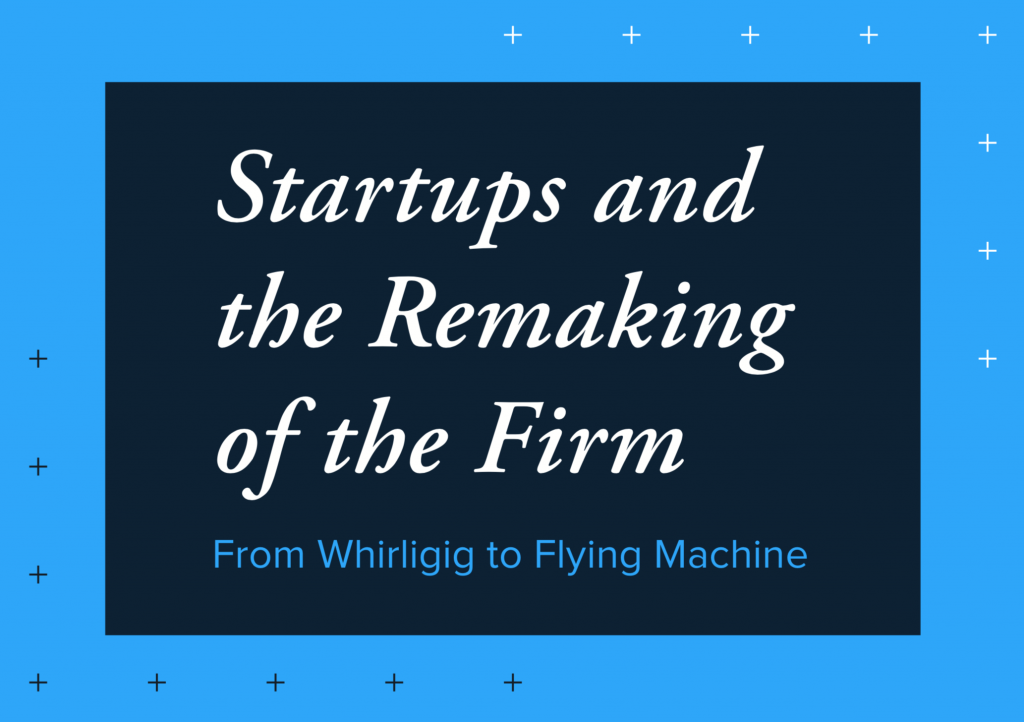
Last week, Federal Communications Commission Chairman Ajit Pai outlined his plan to auction a huge swath of wireless spectrum known as the C-band. It was a tricky dance because Pai had to find a compromise among satellite firms that currently (under)utilize the spectrum (to beam video and audio content to broadcasters and others) and would like to sell much of it, mobile carriers that would like to buy it for their 5G wireless build-outs, and various political factions who have their own ideas about how to manage the airwaves.
It looks like Pai’s plan has attracted enough support to auction 280 megahertz (MHz) of spectrum by December 2020. The C-band is attractive because of both its size, which offers lots of capacity, and where it sits on the frequency map, which fills a key strategic role in new 5G network architectures. The additional 280 MHz could nearly double the total existing spectrum now deployed by all major mobile carriers. This particular auction is just one part of a much larger big-bang of spectrum availability.
Read More


